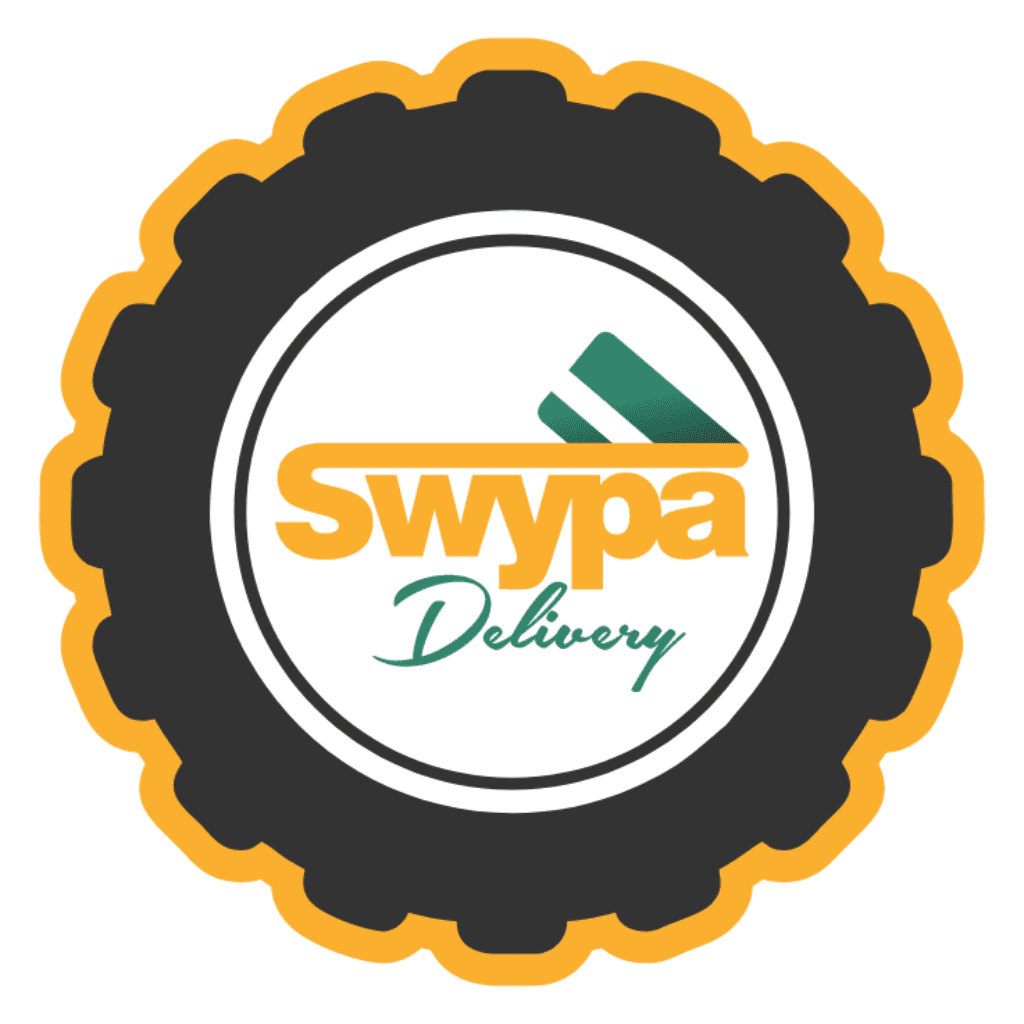
identified opportunity and offering
| 1 | 2 |
|---|---|
| Opportunity | Opportunity |
| Although the the informal market accounts for almost 30% of $35 Billion market is driven through informal retailers, the market segment is significantly underserviced from a supply chain and distribution perspective | High reliance on an unreliable and expensive public transport system and walking (almost 77% of all households) for travel, with travel greater than 15min in (i) 33% of households to access food or grocery outlets (13% travel more than 30min), (ii) 63% of households to access other outlets (27% travel more than 30min), (iii) 55% (20% travel more than 30min). |
| Offering | Offering |
| On-demand distribution to informal traders through delivery distribution with our motorbike fleet, together standard Swypa packaging for all deliveries to informal trader customers. | Product purchasing in the comfort of the household via the Swypa App, delivered to the doorstep of the customer, together with the option to settle purchases at point of delivery via a Bank card or cash. |
| 3 | 4 |
|---|---|
| Opportunity | Opportunity |
| Informal trading practices within each township is unique has impacted the effectiveness of the various programs implemented to formalise the township economy. The resulting impact of this being that there is a high barrier of entry the dominant incumbents in the that market. | Cash usage remains the dominant mode of settlement in South Africa with (i) ~50% of all consumer transactions settled via cash, and (ii) ~90% of all informal businesses operating solely on a cash-only basis. This high usage of cash makes these vulnerable to criminal activity. |
| Offering | Offering |
| Delivery agents are employed on a full-time basis and are residents of the communities that they service, thereby reducing the trust gap as well as the lack of an understanding of the bespoke operating environment in each township. | Multiple settlement options, at point of delivery, for purchases which includes cash, electronic payments and card. |
key differentiators on offering
| KEY FACTOR 1Localisation of delivery agents enables us to quickly adapt to the bespoke township operating environments. This is a significant barrier of entry for the dominant industry incumbents. These agents are full-time employed. | KEY FACTOR 2No fee value added services provided to local businesses, such as (i) listing and marketing of the products and/or services, (ii) establishment of an out-of-store customer sales and distribution channel, (iii) professionalisation of the business through Swypa branded delivery packaging. | KEY FACTOR 3Best in-market, and simplified, pricing in a market where the dominant delivery service industry incumbents are not operating. We offer a flat delivery service fee, and a 5% service fee (dominant industry incumbents charge 25% to 40%). |
| KEY FACTOR 4Alternate payment options offered to customers, at the delivery point, via cash (the most dominant mode a consumer settlement in South Africa), electronic payment and card. | KEY FACTOR 5Brand recognition through Swypa branded motorbikes, packaging and delivery agent uniform branding. Competitors operating within the same environment do not have the capital to invest in establishing a strong brand identity. | KEY FACTOR 6Lower cost to service customers than the competitors that operate in the township environment as a result of Swypa owning its motorbikes. | KEY FACTOR 7Delivery service reliability and proficiency as a result of Swypa owning its motorbikes (thus control their reliability) and delivery agents being full-time employed (which removes income uncertainty). |
competitor index
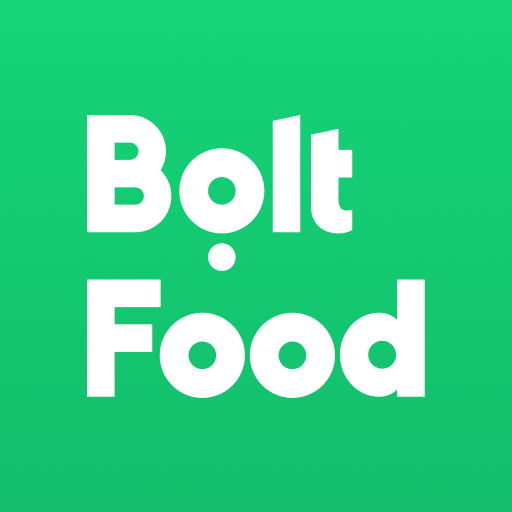
Bolt Food
Threat Level: 8
Local
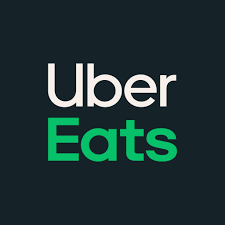
Uber Eats
Threat Level: 7
Local
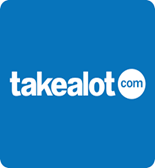
Takealot
Threat Level: 5
Local

MR D Food
Threat Level: 6
Local
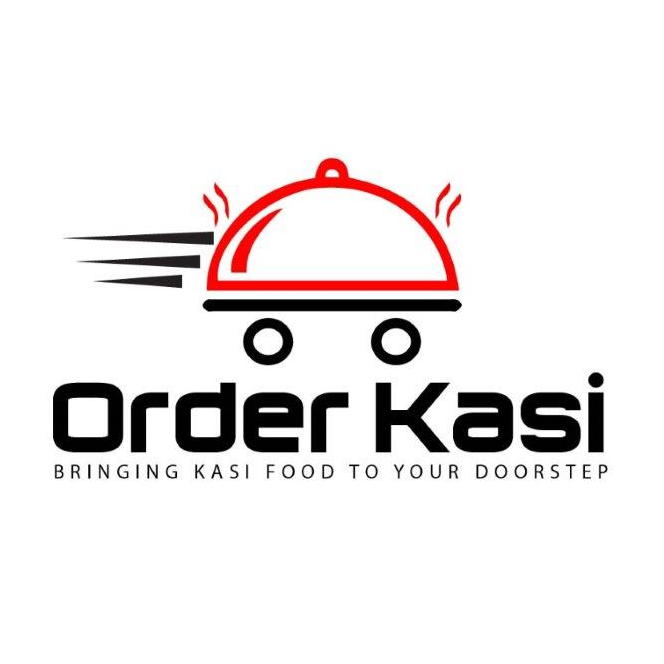
Order Kasi
Threat Level: 3
Local

Kasi Menu
Threat Level: 3
Local
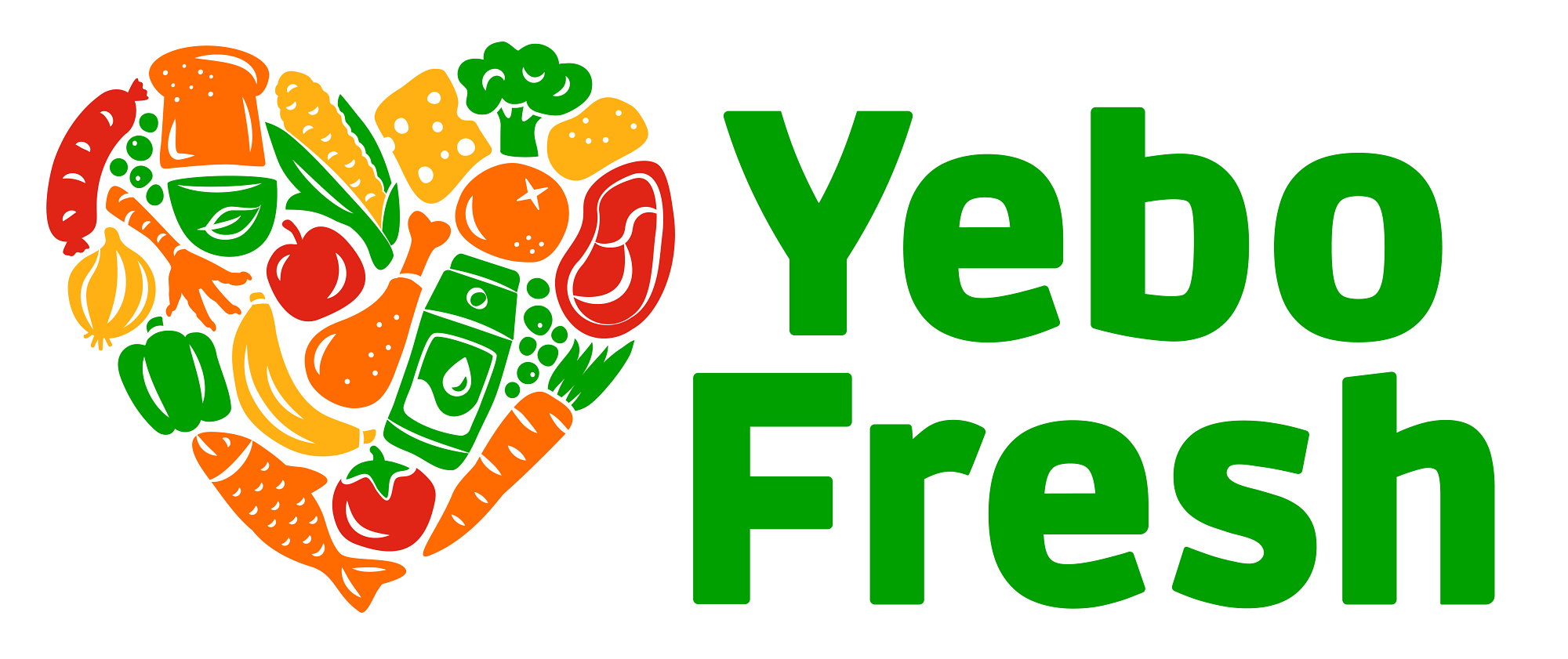
Yebo Fresh
Threat Level: 2
Local
